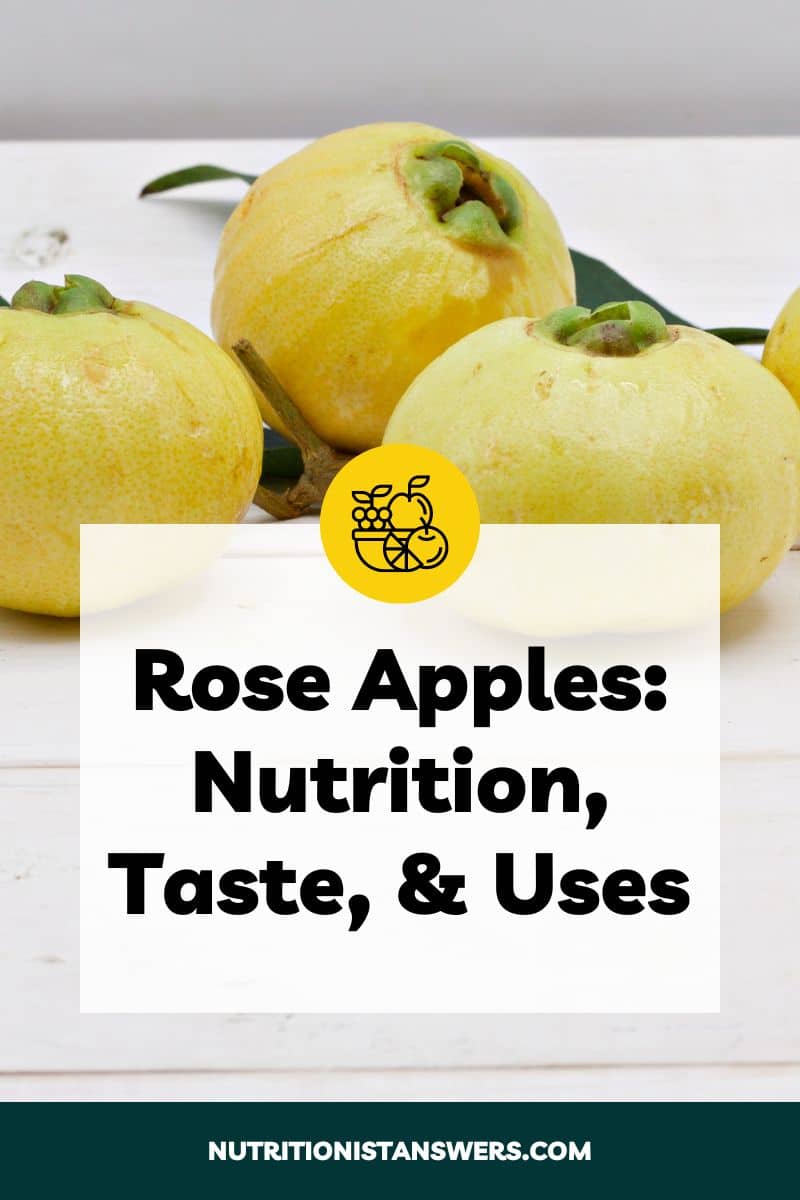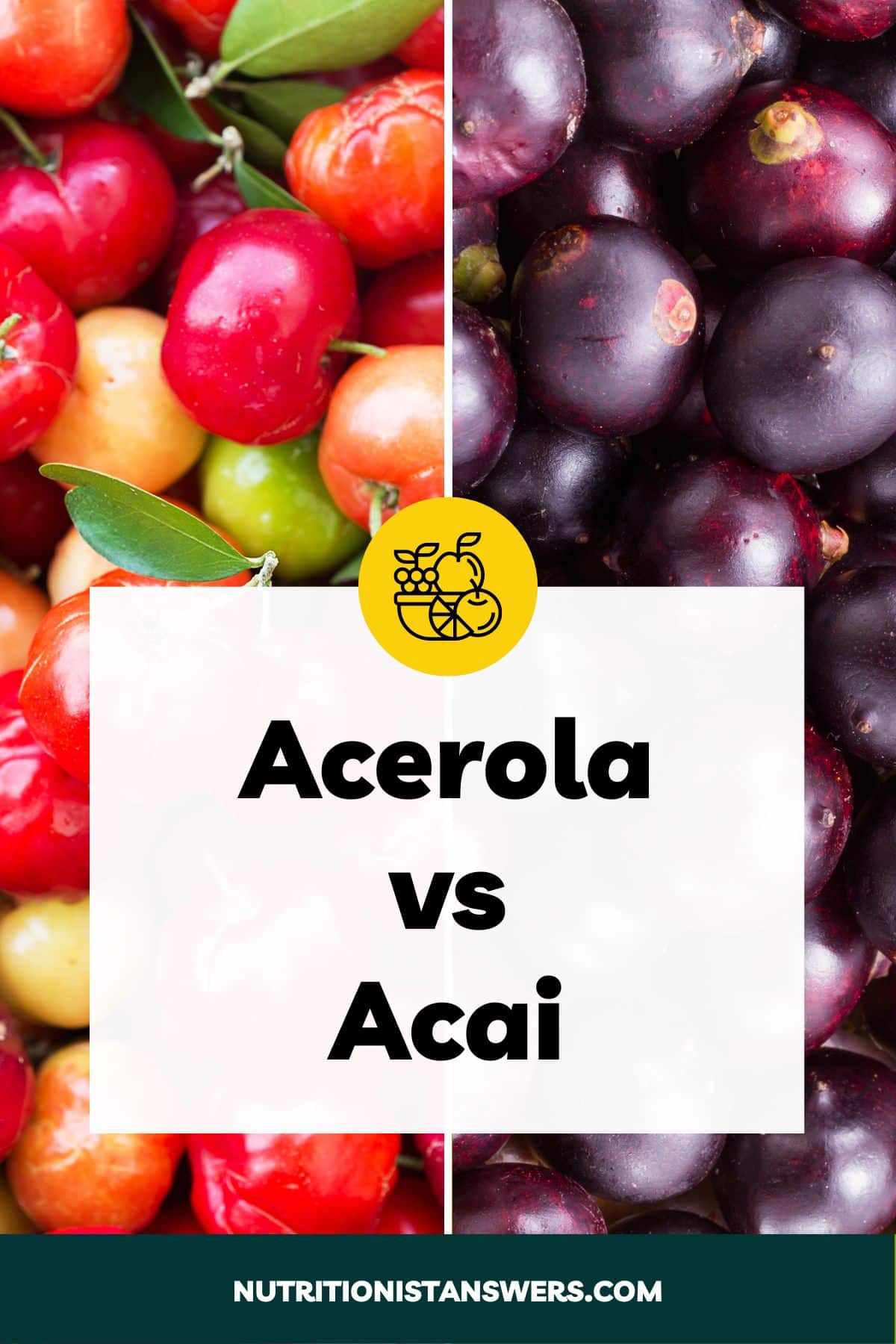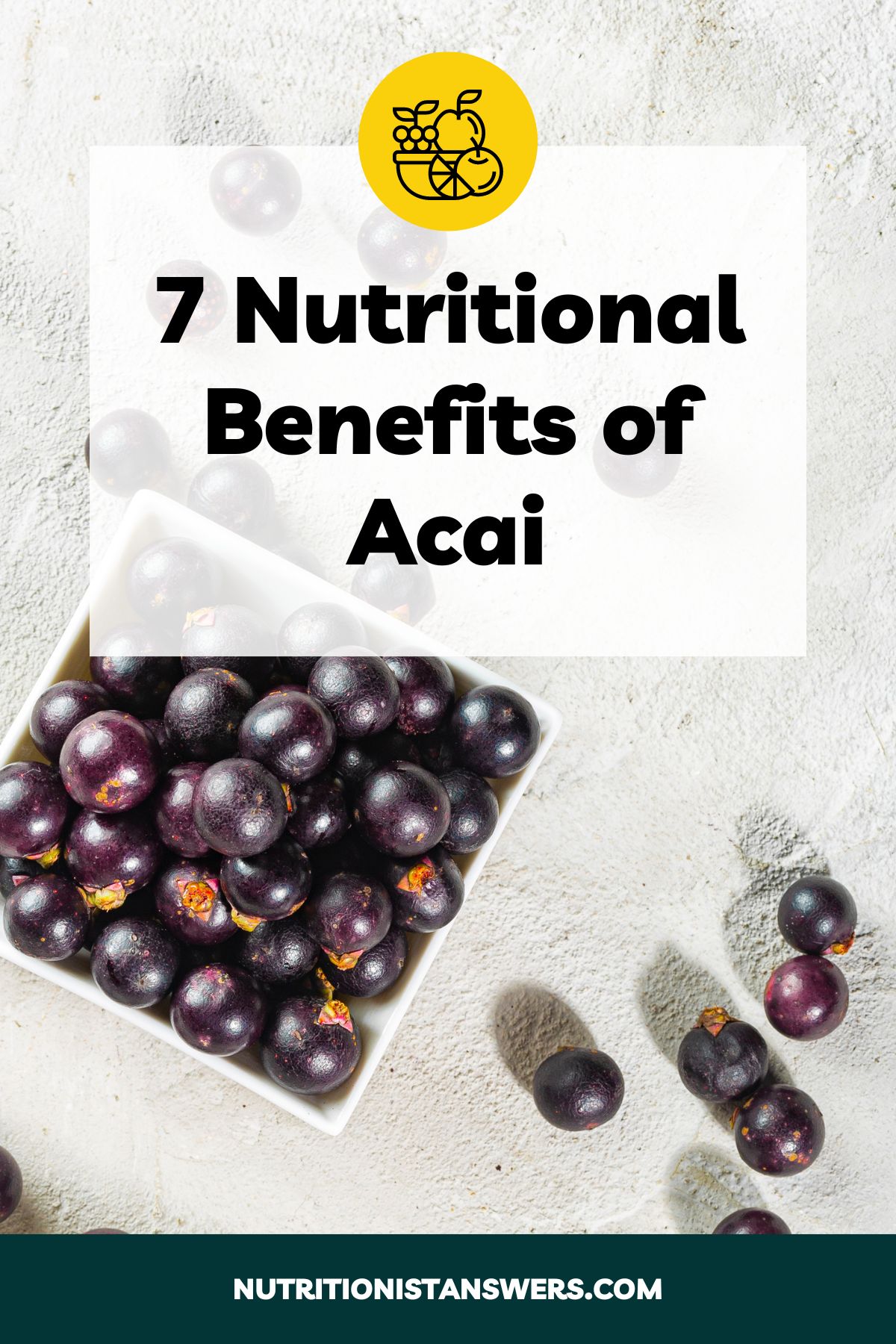Rose apples (Syzygium jambos) are unique and delicious fruits that are prized for their sweet, crisp flesh and distinctive rose-like flavor.
Although native to Southeast Asia, rose apples are now being grown in parts of the United States, including southern California and Florida.
If you’d like to know more about this rare fruit, look no further! In this article, we’ll discuss everything there is to know about rose apples, including nutritional benefits and how to use them.

What are rose apples?
The term “rose apple” is often used to describe several species of fruits that belong to the genus Syzygium, including Java apples, watery rose apples, and Hawaiian mountain apples.
In this article, however, we’ll be discussing the Syzygium jambos — the species of fruit most commonly referred to as rose apple due to its apple-like texture and floral rose flavor.
Rose apples (Syzygium jambos) are the fruit of the rose apple tree, which belongs to the myrtle family. It is native to Southeast Asia and grown in tropical regions throughout the world (1).
Rose apples look similar to guava — they are about 1-2 inches in diameter and round or oval-shaped with a thin skin and a tough, green cap (called a calyx) at the top.
There are many varieties of rose apples that grow in different parts of the world. Some are pale green when ripe, while others are bright yellow, often with a hint of light pink.
Underneath the rose apple’s skin, there is a crisp, apple-like layer of white or pale yellow flesh, followed by a hollow center that contains up to 4 rough, brown seeds.
When rose apples are ripe, their large seeds disconnect from the cavity wall, causing a rattling sound when you shake the fruit.
What do rose apples taste like?
Rose apples taste sweet and fruity, with a strong rose flavor and just a hint of nutmeg-like spice. Their flesh is crisp but spongy, like a cross between a fresh apple and a raw zucchini.
Rose apple fruit nutrition
Rose apples are low in calories and carbohydrates, and contain almost no protein or fat. They are excellent sources of vitamin C, providing nearly one-fourth of the Daily Value (DV) (2).
Here’s a more detailed breakdown of the nutrients found in rose apples:
Calories and macronutrients
Here’s a breakdown of the macronutrient content for 100 grams (3.5 ounces) of rose apple (2):
- Calories: 25
- Carbohydrates: 6 grams
- Fiber: Not listed
- Protein: <1 gram
- Fat: <1 gram
Compared to other fruits, rose apples are much lower in calories and carbohydrates.
For example, a 100-gram serving of regular apples provides 65 calories and 16 grams of carbohydrates, while there are only 25 calories and 6 grams of carbohydrates in an equal portion of rose apples (2, 3).
Vitamins and minerals
Here’s the vitamin and mineral content for rose apples, based on a 100-gram (3.5-ounce) serving size (2):
- Vitamin C: 22 mg (24% DV)
- Niacin: 0.8 mg (5% DV)
- Potassium: 123 mg (3% DV)
- Thiamin: 0.02 mg (2% DV)
- Riboflavin: 0.03 mg (2% DV)
- Vitamin A: 17 mcg RAE (2% DV)
- Calcium: 29 mg (2% DV)
- Copper: 0.016 mg (2% DV)
- Magnesium: 5 mg (1% DV)
- Phosphorus: 8 mg (1% DV)
- Zinc: 0.06 mg (1% DV)
- Manganese: 0.029 mg (1% DV)
- Iron: 0.07 mg (<1% DV)
Rose apples are incredibly rich in vitamin C, offering 24% of the DV in a single 100-gram serving. They also provide small amounts (</=5% DV) of B vitamins and minerals, such as potassium and calcium.
Antioxidants
Rose apples contain a variety of antioxidants, chemicals that protect the body from unstable molecules (called free radicals) that can damage cells (4).
Some of the main antioxidants found in rose apples include quercetin, quercitrin, and gallic acid (5). Research shows these compounds may have anti-inflammatory and anti-cancer properties (6, 7, 8).
Where to buy rose apples
Rose apples are rarely available in the United States. However, you may be able to find them at farmers’ markets in southern California, Florida, or Hawaii, and they can also be purchased on Etsy.
How to store rose apples
Rose apples can be stored at room temperature for up to 10 days in a brown paper bag, which helps prevent the fruit from drying out (9).
How to eat rose apples
You’ll know a rose apple is ripe and ready to eat if you can shake it and hear the seeds rattling around on the inside. The seeds detach from the fruit’s flesh whenever fully ripened.
To eat a rose apple, first cut it in half and remove the inedible seeds. Then, use a paring knife to remove the tough green cap (called a calyx) from the top of the rose apple and discard it.
The remaining rose apple flesh can be eaten without any further preparation. There is no need to peel the rose apple’s thin, edible skin.
Ways to use rose apples
1. As a snack
Rose apples can be eaten on their own as a refreshing snack. Their unique flavor and crisp, apple-like texture also make them a delicious addition to fruit salads and fruit & cheese plates.
In Southeast Asia, rose apples are often served fresh, dipped in spiced sugar to enhance their flavor, or stewed with sugar and served like a dessert.
2. In desserts
Rose apples are naturally sweet, making them perfect for use in desserts.
They can be cooked with other fruits, such as pineapple and lychee, to make a sweet compote that’s great for spooning over yogurt, ice cream, pancakes, and oatmeal bowls.
Rose apples can also be chopped and blended into ice cream or frozen yogurt. Or consider making a refreshing rose apple sorbet with rose apple juice.
3. In smoothies and drinks
Rose apples are delicious blended into smoothies and cocktails. They pair well with other tropical fruits like mango, papaya, and guava, as well as honeydew melon and cantaloupe.
To use rose apples in beverages without affecting the consistency of the drink, try making a rose apple simple syrup. It can be added to tea, sparkling water, or cocktails for a sweet and subtle rose flavor.
4. In savory dishes
Rose apples can be added to savory dishes like stir fries, curries, and salads to give them a unique texture and sweet, floral flavor.
When using rose apples in savory dishes, it’s best to remove the skin. Cut them into thin slices and add them at the end of cooking to avoid mushiness.
Final thoughts
Rose apples are delicious tropical fruits that get their name from their crisp, apple-like texture and sweet, rose flavor. They can be eaten as a snack or used in desserts, smoothies, and even savory dishes.
Compared to other fruits, rose apples are much lower in calories and carbohydrates. They’re also quite high in vitamin C, offering 24% of the DV in a single 100-gram (3.5-ounce) serving.
While they are quite rare in the United States, you might be able to find rose apples online or at farmers’ markets in southern California or Florida. Give them a try if you get the chance!
Amy Richter is a Registered Dietitian Nutritionist based in Missouri. She is an experienced nutrition writer and medical advisor for Healthline and Medical News Today. Amy is passionate about all things food-related and enjoys translating complex science into easy-to-understand articles.





